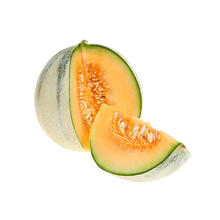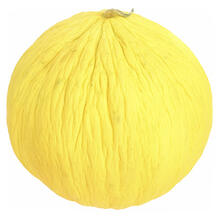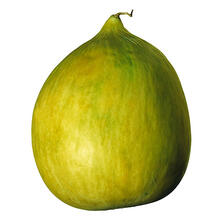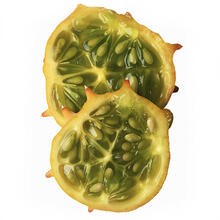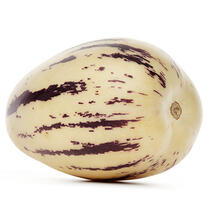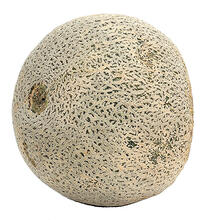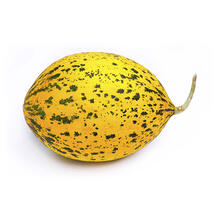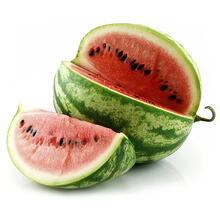You are here
General Produce
Melons, Honeydew
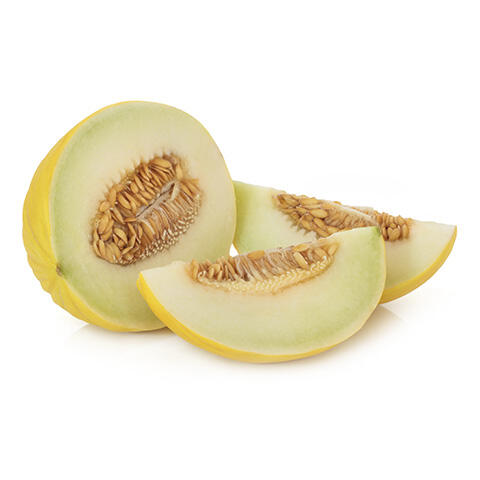
4-, 5-, 6-, 8-, 9-, and 10-count
Choose honeydew melons that are heavy for their size and well-shaped.
Ripe honeydew melons are characterized by a creamy yellow rind, light green, juicy flesh, and a slightly soft blossom end.
Honeydews are picked while they are still firm; these melons are characterized by a whiter rind color with slight green tinge and a hard blossom end.
All honeydew melons should have a soluble solids content of 10% before they are harvested to ensure good flavor.
Firm melons may be softened by holding at room temperature.
Short-term storage recommendation (7 days or less)
- 45-50° F/7-10° C
- 90-95% relative humidity
Exposing firm honeydew melons to ethylene gas can help promote softening and color change from green to creamy yellow.
Handle ripe honeydew melons with care to avoid bruising. Do not drop shipping containers on the floor.
Pitted rind, reddish-tan discoloration of flesh, and failure to ripen are indications of chill injury; do not store honeydews below 45° F/7° C.
Decay, flesh softening, and off-flavor can indicate age or that product was held for an extended period of time. These symptoms may not appear
until after honeydew is taken out of storage and held at room temperature. For best quality, inspect honeydews carefully and use ripe product shortly after receiving.
Bruising may be a sign of rough handling.
- Mince honeydew, cantaloupe, pineapple, red bell pepper, Serrano chile peppers, and cilantro; serve relish over grilled fish and chicken.
- Add chopped honeydew, cucumber, mint, and baby dill to cooked couscous; serve with grilled meat kebabs.
Major production areas include Arizona, California, Texas, and Mexico.



